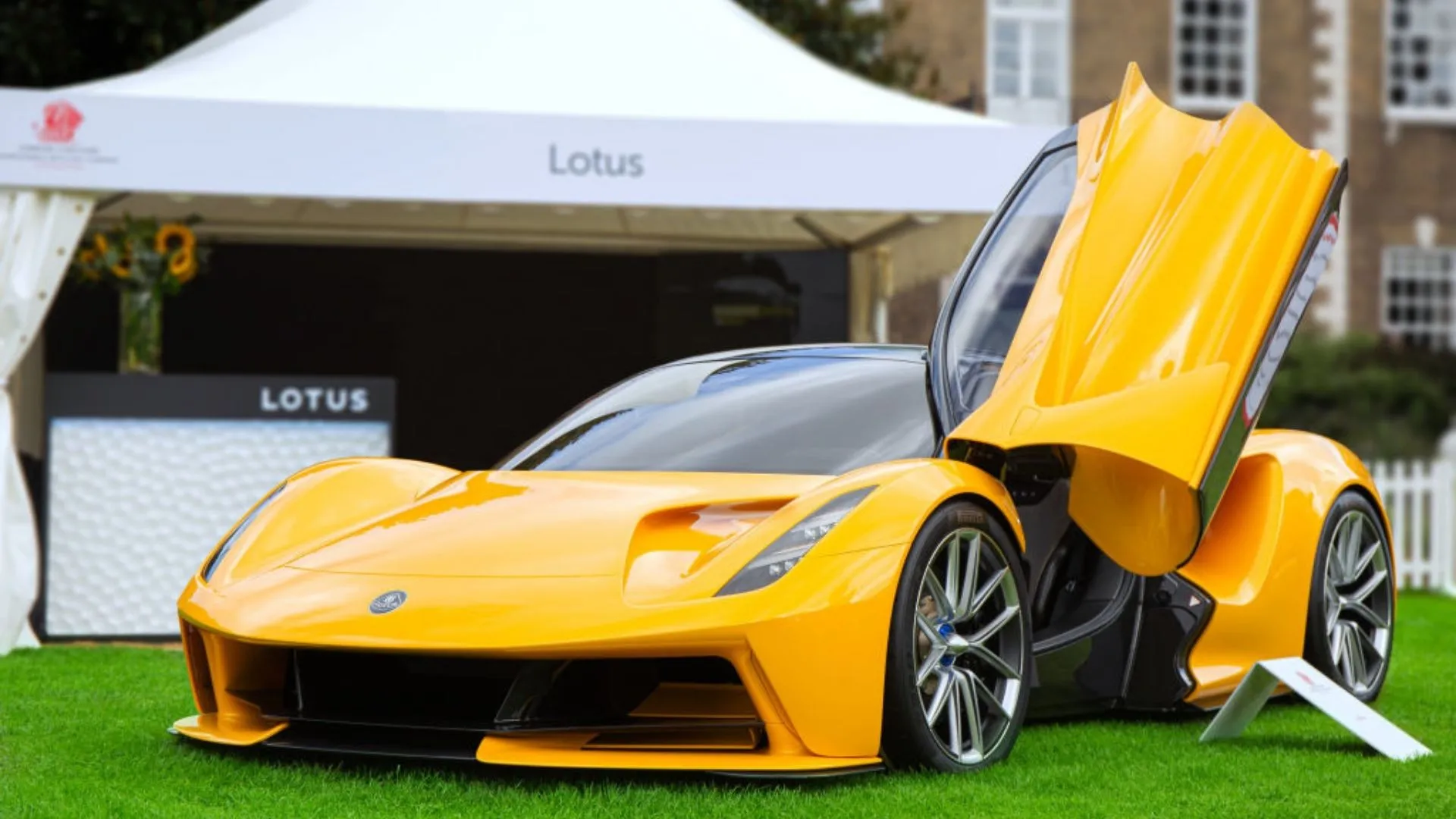
The pursuit of automotive perfection reached extraordinary heights in 2025, with engineers pushing the boundaries of what’s mechanically possible on four wheels.
From garage startups to legendary manufacturers, the quest for ultimate power has produced engines that would have appeared pure science fiction decades ago. Today, car engines are more powerful than ever, which is a testament to the visionaries who worked hard to realize them.
Seven of this list’s ten most powerful engines are electric or hybrid, underscoring a new era in powertrain dominance. Yet, combustion powerhouses like Hennessey and Bugatti still prove that mechanical engineering continues to deliver awe-inspiring results.
Below is an expert rundown of the world’s ten most powerful car engines in 2025, each representing a milestone in performance, innovation, and vision.
1. Devel Sixteen V16
Power: 5,007 HP
The Devel Sixteen is the most ambitious entry, claiming an astonishing 5,007 horsepower from a 12.3-liter quad-turbocharged V16. Developed in the UAE, the project has been in gestation for nearly two decades and remains controversial, as production-ready validation is still absent.
Reports suggest that delivered vehicles are little more than rebodied Corvettes, leaving the full V16 configuration unproven. Despite these uncertainties, the Devel Sixteen stands as a symbol of engineering ambition, a provocative attempt to break the ceiling of what’s possible with internal combustion.
2. Koenigsegg Germa HV8
Power: 2,300 HP
Koenigsegg continues to push engineering boundaries with Germa HV8, the world’s first four seater hypercar producing a combined 2,300 horsepower output. Its hybrid powertrain combines a V8 layout with turbochargers mounted between the banks and an advanced electric motor known as Dark Matter, which produces 800 HP at just 86 pounds.
The Gemma is revolutionary for its immense output and practicality, offering luggage space and eight cup holders while delivering hypercar-level performance.
3. Rimac Nevera R
Power: 2,107 HP
The Rimac Nevera R represents the triumph of Croatian innovation in a field long dominated by European and American giants. Producing 2,107 horsepower via four independent electric motors demonstrates electrification’s unique benefits: instantaneous torque and precision torque vectoring.
Founder Mate Rimac began as a garage builder after converting a BMW into an electric racer, and today his company partners with Porsche and supplies technology globally.
4. Aspark Owl Quad-Motor Electric Powertrain
Source: Getty Images
Power: 1,984 HP
Japan’s Aspark Owl delivers one of the most surprising performance benchmarks, generating power from a quad-motor electric system. The Owl’s engineering capabilities result from its lightweight carbon fiber construction, with a monocoque weighing under 265 pounds. This makes it lighter than most of the motorcycles.
As an electric system, it demonstrates the scalability of modular quad-motor configurations – showing how future powertrains can combine ultra-high power density with engineering elegance.
It underscores Japan’s capability in creating not just cars but revolutionary electric drivetrains.
5. Lotus Evija Quad-Motor Electric Powertrain
Power: 1,972 HP
Lotus’s entry into electric propulsion, the Evija powetrain, produces power through four independent wheel-mounted motors. This engine system highlights the flexibility of distributed electric propulsion, allowing torque to be directed precisely where needed for handling as well as acceleration.
Weighing less than many rivals, the Evija’s drivetrain balances power with relative lightness. For Lotus, this represents a shift from Colin Chapman’s lightweight combustion philosophy toward electrified power, but it sticks to the usual principle of drive control through agility.
6. Pininfarina Battista Quad-Motor Electric System
Source: Getty Images
Power: 1,900 HP
The Battista’s Rimac-supplied electric system delivers across four motors, showcasing how modular EV platforms can be adapted across brands. Pininfarina adopted a drivetrain to pair Italian styling with cutting-edge Croatian engineering.
The quad-motor system emphasizes not just raw numbers but precise traction and control. It represents the maturing of high-output electric engines – where multiple manufacturers can access and integrate shared platforms without sacrificing brand identity.
7. Henessey Fury V8 Twin-Turbo
Power: 1,817 HP
The Fury engine is Hennessey’s hand-built 6.6-liter twin-turbocharged V8 producing one of the highest verified outputs from a pure combustion system.
9. Xiaomi HyperEngine Electric System
Power: 1,526 HP
Xiaomi’s HyperEngine V8s and V6s motors define the Chinese company’s first major step into automotive engineering.
Operating at rotational speeds exceeding 27,000 RPM with over 98 percent efficiency, this powertrain proves that EV propulsion can scale dramatically while maintaining cost efficiency. This makes HyperEngine one of the most power-dense drive units available, achieving 10.14 kW/kg.
What sets it apart is its accessibility. It brings hypercar-level performance at a fraction of traditional cost, showing that advanced EV propulsion can be democratized.
10. Koenigsegg CC850 V8 Twin-Turbo
Power: 1,385 HP
The CC850’s 5.0-liter twin-turbocharged V8 produces 1,385 horsepower, but its innovation extends beyond raw numbers. Its Engage Shift System allows the same transmission to operate as a nine-speed automatic or emulate the tactile feel of a six-speed manual.
This unique hybridization of transmission dynamics reflects Koenigsegg’s commitment to performance and driver engagement. It is a powertrain built to accelerate and redefine the driver’s relationship with extreme horsepower.
Conclusion
The engines on this list are more than just a spec sheet – they are milestones in the ongoing story of automotive innovation. As we look ahead, it’s clear that horsepower alone won’t define the future. Increasing balance, efficiency, and intelligent systems will matter as much as raw output.
Yet, in 2025, these engines stand as a reminder of human ambition. Whether through pistons or electrons, the pursuit of speed, power, and innovation remains relentless as ever.



